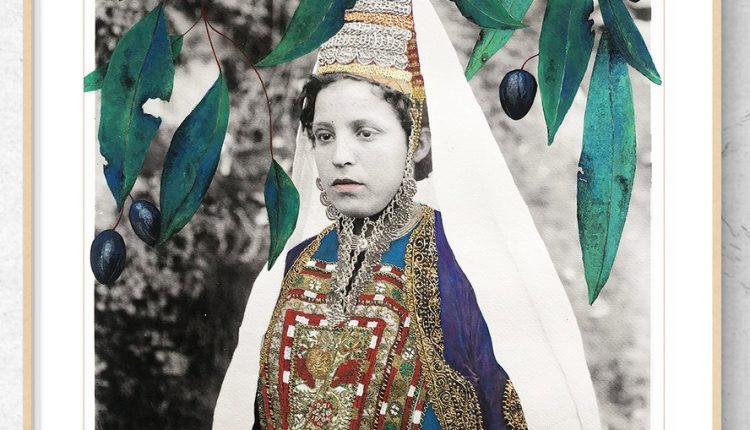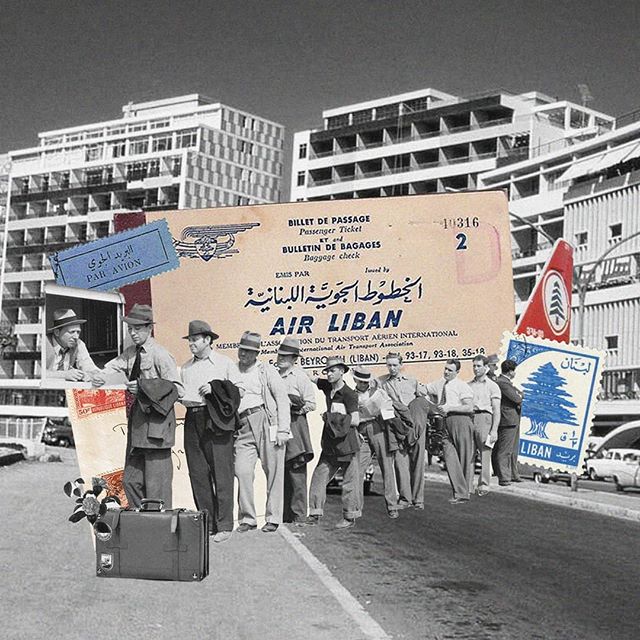A new generation of female artists and designers in the Middle East are taking part in the awakening by giving life to what has been lost. A number of visual artists have recently cultivated a deep attachment to photography that dates back to the 60s, a golden age for the Middle East. And because they witnessed how old photographs have been undervalued and ended up being lost for such a long time, they decided that it’s time to step forward and recapture them.
The Lebanese visual artist Adra Kandil is among the new generation that has a deep attachment to photography from the 1960s, she told Arab News that: “My memories are amplified and seem much better than they really were,” she says. “I romanticize memories. That’s the thing with time passing: It glorifies what you once had. I construct from that feeling — the happiness, the melancholy; all of it.”
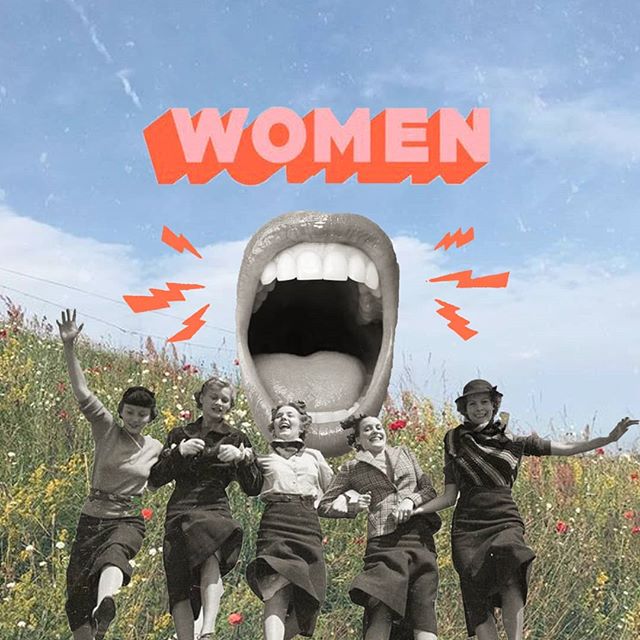
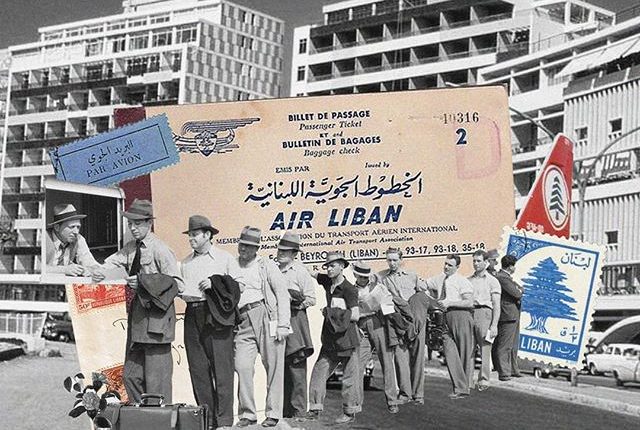
From cultural icons to vintage signs and photographs of old Beirut and Damascus, Kandil is far from being alone. Rana Salam is a Lebanese designer who also used iconic pop-culture imagery from Lebanese and Egyptian cultures to re-create the past and translate a culture by highlighting its strength.
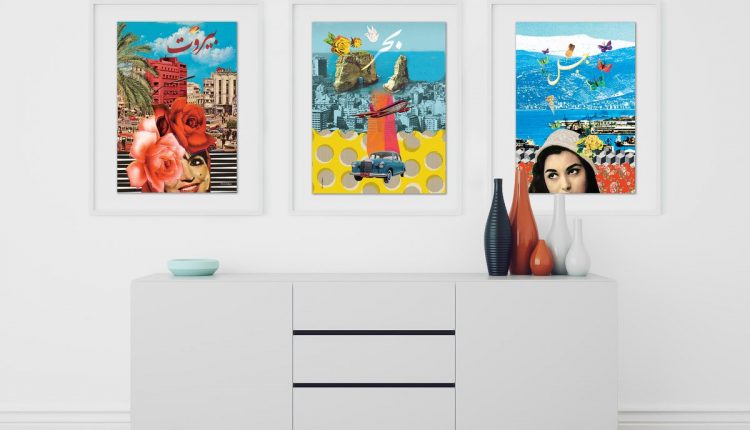
On the other hand, we have the Palestinian artist Dana Barqawi’s work that mainly celebrates Palestinian existence and culture. Barqawi’ told Arab News: “I might use nostalgia to appeal to an audience on a feel-good level — (just as) I use beauty in my work as a tool to attract the viewer — but beyond the pleasing nature of the work, and below those aesthetic layers, there is a political agenda which challenges the institutional invisibility of Palestinian history and experience.”
